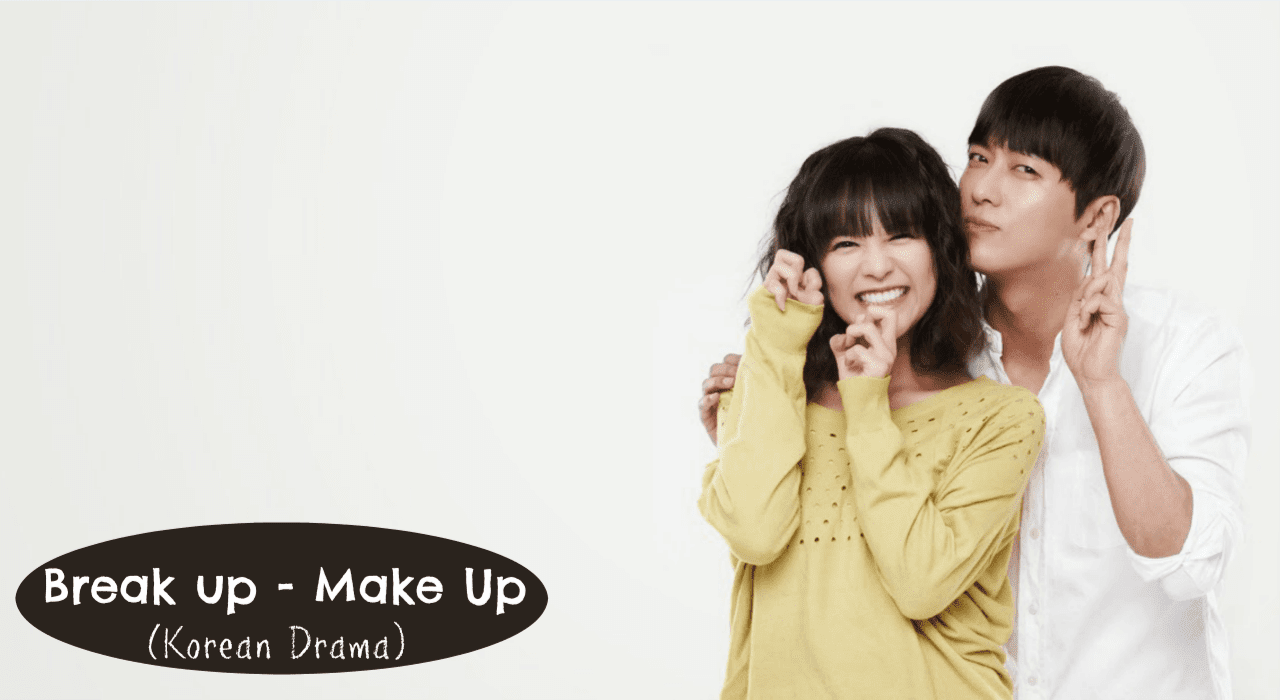

In fact, someone with a secure attachment style may be able to view the breakup objectively and see that there was a reason for it in the first place. So, after a relationship ends, they are less likely to spiral into self-blame. Ditch the negative self-talkĭue to their solid foundations in life, secure attachers generally have more confidence in themselves – they believe that they are worthy of love. Therefore, they are more likely to reach out to their family and friends for support in their times of need.įor this reason, although they may be feeling heartbroken, their distress is alleviated by their ability to communicate their needs to their support system. Yet, when a secure attacher does experience a breakup, they are typically aware of and able to communicate their feelings openly and honestly. This ability to regulate emotions and demonstrate care and concern to their loved one may potentially even reduce the risk of the breakup in the first place. They have the ability to remain calm and talk through issues in the relationship with their partner. This finding could be due to the fact that when a secure attacher senses that their partner may be considering ending the relationship, they typically don’t over or under-react. Interestingly, people with the secure attachment style don’t experience as many breakups in general as do the other attachment styles.

Secure attachers have a positive outlook on themselves and others, and are able to manage their intense emotions in balanced, healthy ways.įor these reasons, in the direct aftermath of a breakup, although a secure attacher may be feeling heartache – especially if they weren’t the instigator of the breakup – their pain may be alleviated by their attachment style. However, because someone with a secure attachment grew up in an environment in which their needs were met, they felt safe, protected, and valued. As adults, these attachment styles impact how we emotionally respond to life stressors – including breakups.īreakups are hard on everyone – regardless of our attachment styles. Comparatively, if caregivers are inconsistent, rejecting, or neglecting of our needs, we may develop an insecure attachment style. If our caregivers make themselves available to us as children and respond to our needs sensitively, then we likely develop a secure attachment. This template (attachment style) influences our thoughts, feelings, and actions throughout our lifespans – including how we behave in (and after) relationships. Essentially, how we connect with our caregivers shapes our understanding of ourselves and others and turns into a template for how we view the world and fit into it.

There are four attachment styles: one secure and three insecure (avoidant, anxious, and disorganized).Īccording to Bowlby’s Attachment Theory, the attachment styles we personally develop depends on the bond we form with our caregivers in our early years.


 0 kommentar(er)
0 kommentar(er)
